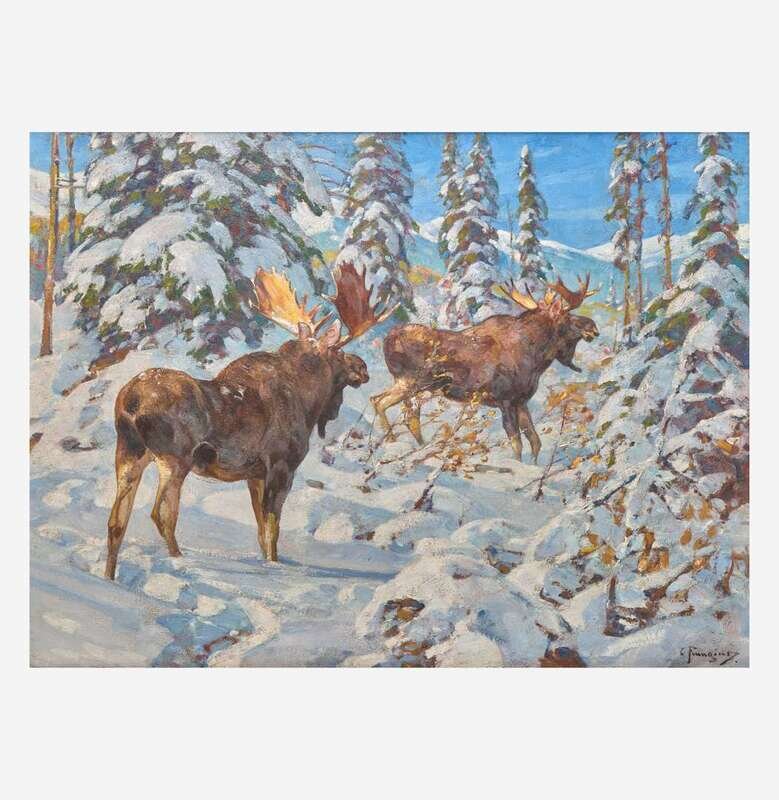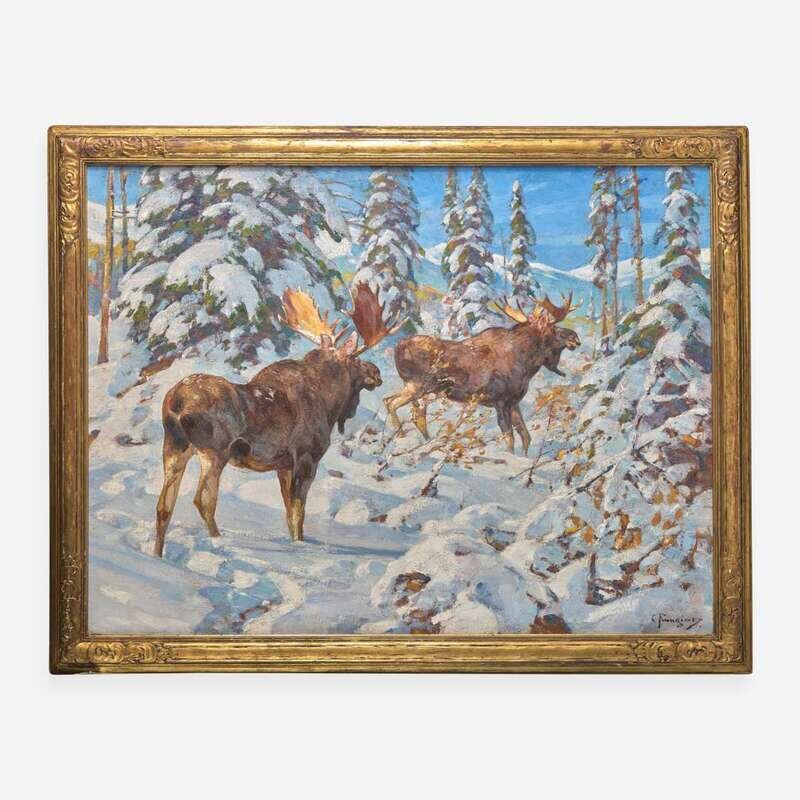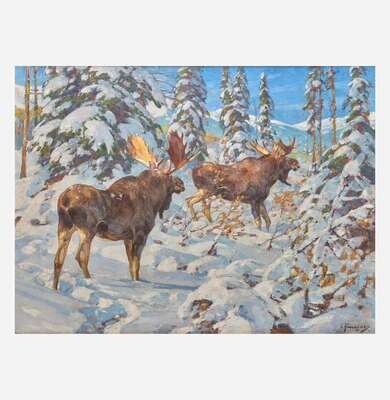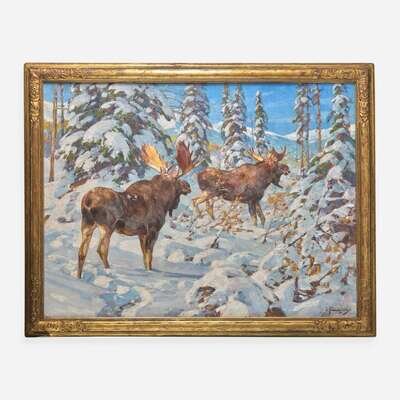Condition Report
Contact Information
Lot 55
Carl Clemens Moritz Rungius (American, 1869–1959) After the Storm (Tundra)
Sale 3774 - American Art and Pennsylvania Impressionists Featuring the Papageorge Family Collection
Jun 4, 2023
10:00AM ET
Live / Philadelphia
Own a similar item?
Estimate
$150,000 -
250,000
Price Realized
$453,600
Sold prices are inclusive of Buyer’s Premium
Lot Description
Carl Clemens Moritz Rungius (American, 1869–1959) After the Storm (Tundra)



